
Manu National Park in Peru has set a new record. Recent studies indicate that this Peruvian treasure is now the world’s number one spot for amphibian and reptilian biodiversity, being home to a staggering 132 reptile and 155 amphibian species. Until now Yasuní National Park in Ecuador had held the first rank with 150 amphibian and 121 reptile species (PLoS ONE, 2010).
Manu National Park in Peru: A haven for biodiversity
One of the most biodiverse places on Earth
The research
What does this mean?
To the source: Video interviews about the new discovery
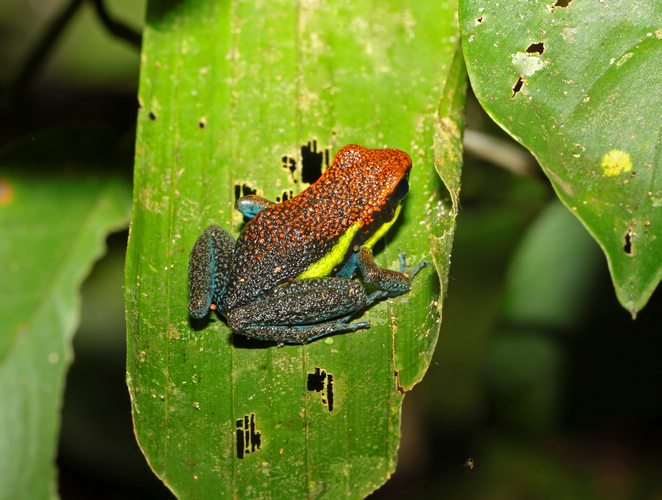 The beautifully colored Poison Dart Frog native to Central and South America
The beautifully colored Poison Dart Frog native to Central and South America
Photo by Vil.Sandi/Flickr
Manu National Park has long been recognized as one of the most biodiverse places on Earth. The park protects extensive areas of unmolested and untouched Amazonian lowland rain forest, high-elevation cloud forests, and the Andean grasslands just to the east of Cusco. In total, researchers in the park have recorded up to 10% of the total bird species found on earth (1,000 species), more than 1,200 butterfly species, and now also 287 amphibian and reptile species. Compared to other areas of the planet, the biodiversity is astounding here.
Amazon Rainforest Tours:
The research for this study was conducted by Illinois Wesleyan University, the University of California, Berkeley, and Southern Illinois University in Carbondale, and findings were published in the Journal Biota Neotropica. One of the researchers (from UC Berkeley’s Museum of Vertebrate Zoology) and co-authors of the study, Rudolf van May, reports: “for reptiles and amphibians, Manu and its buffer zone now stands out as the most diverse protected area anywhere.”
To complete their study, the researchers received support from various sources, including from the National Geographic Society and the Amazon Conservation Association. They carefully surveyed various elevations and inspected hundreds of museum specimens gathered from multiple areas of Manu National Park and the surrounding buffer zone. The examination of DNA sequences and frog calls helped the team identify new species.
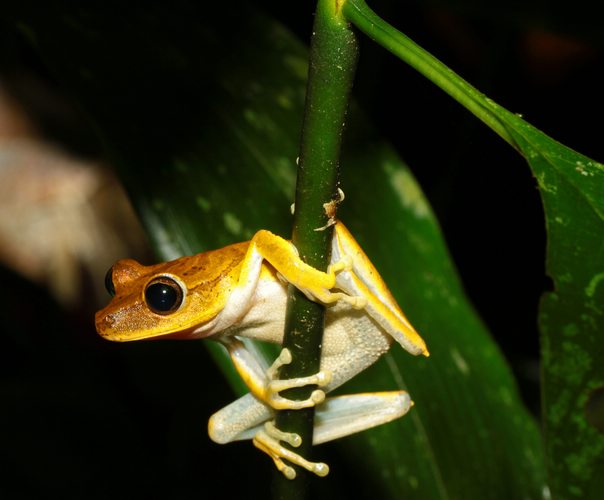 This Hyla Tree Frog is a talented acrobat.
This Hyla Tree Frog is a talented acrobat.
Photo by Vil.Sandi/Flickr
The scholars and authors of the study said in a press release: “the number of species recorded in Manu is noteworthy if we consider that the national park represents only 0.01% of the planet’s land area, but houses 2.2% of all amphibians and 1.5% of all reptiles known worldwide… Amphibians such as frogs, toads, salamanders, and caecilians, and reptiles such as snakes, lizards, turtles, and caimans thrive there.”
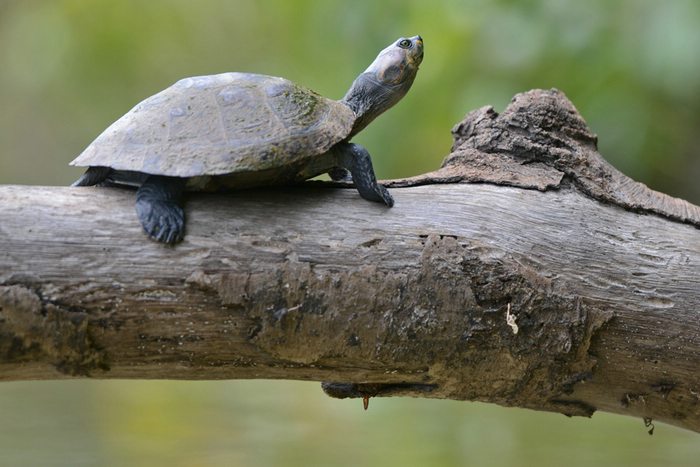 A Yellow-Spotted River Turtle enjoying a break from swimming
A Yellow-Spotted River Turtle enjoying a break from swimming
Photo by ggalice/Flickr
Manu National Park and its surrounding area is also important culturally as different indigenous groups, including the Yine and Harakmbut live there. These groups dwell in “voluntary isolation” as nomadic hunter-gatherers.
There is no other place on Earth like Manu National Park and new species will continue to be found in subsequent years. The researchers of this study predict that the increased use of DNA analysis, continued study of frog calls, and various other techniques will ensure that the number of known amphibian and reptile species living in Manu National Park and surroundings will rise.
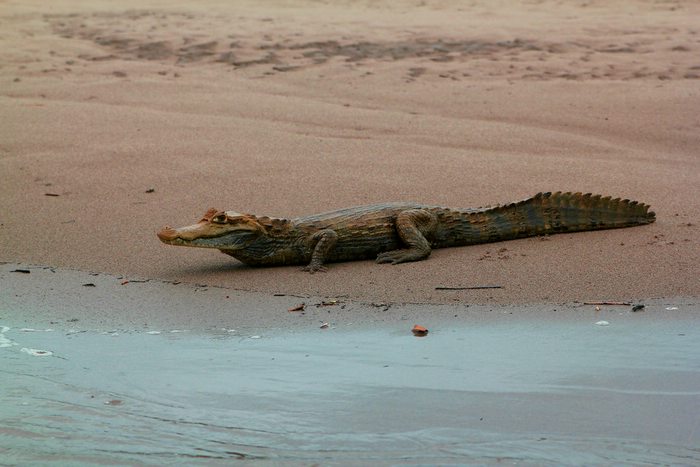 This Caiman is ready to get its feet wet.
This Caiman is ready to get its feet wet.
Photo by Patty Ho/Flickr
“There is no place like Manu where we can preserve such an exceptionally large amount of biodiversity, as well as the evolutionary processes that contribute to maintain and promote biodiversity” says Alessandro Catenazzi, co-author of the study and former researcher of UC Berkeley’s Department of Integrative Biology. “It is our responsibility to make sure this biological legacy is passed on to the next generations.”
Researcher Rudolf von May talks about the amphibian and reptilian biodiversity of Manu National Park
Video by Phil Ebiner and Roxanne Makasdijan/ UC Berkeley Campus Life
Rudolf van May discusses the survey objectives and fascinating amphibian and reptile species in Manu National Park
Video by Phil Ebiner and Roxanne Makasdijan/ UC Berkeley Campus Life
Latin America for Less specializes in fully customizable trips. Plan a trip to the Amazon today.

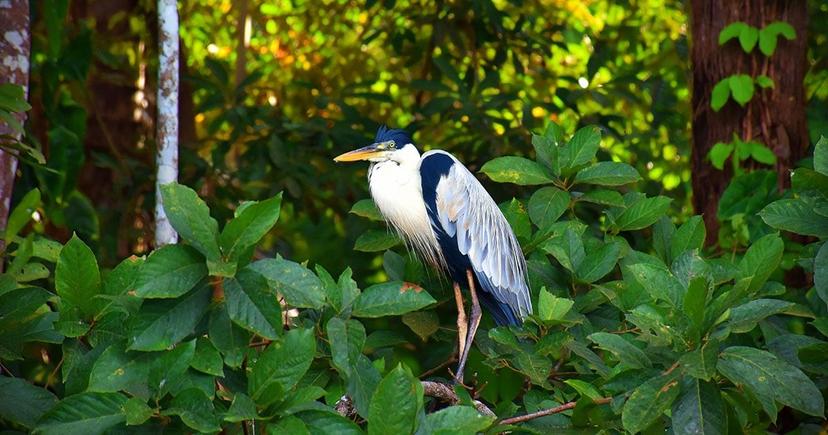
Email: [email protected]
Sign up to receive our newsletter for great articles, stunning photos, and special deals.